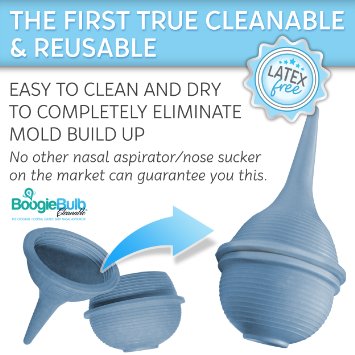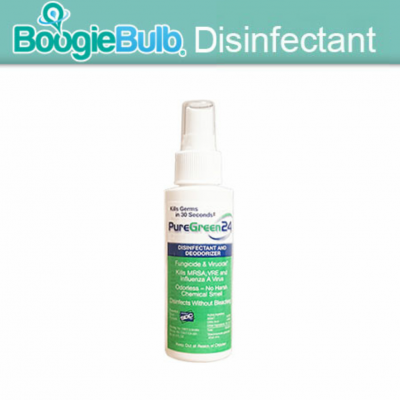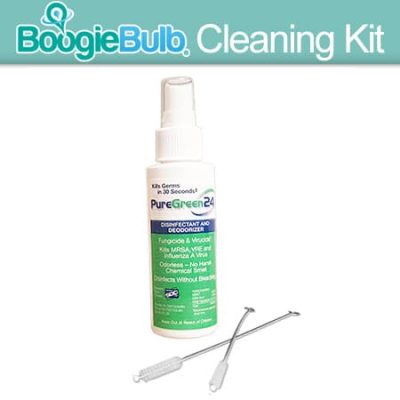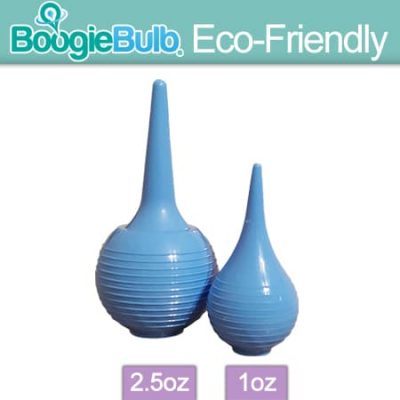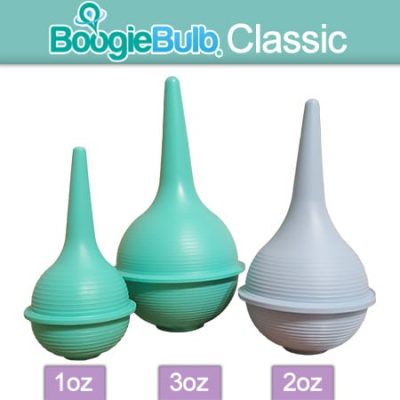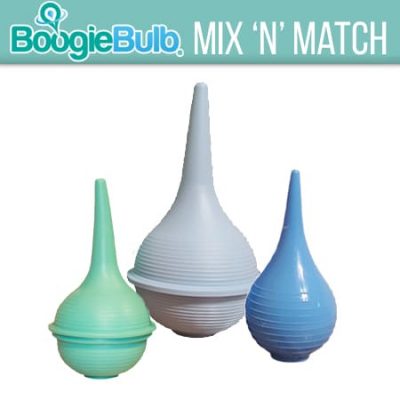“A Newer Aspirator Design Uses a Tube and Parents’ Mouths to Clear Congestion. Meet The Boogie Bulb!”
By LAURA JOHANNES Feb. 2, 2015 2:53 p.m. ET
The Ache: Nasal congestion can build up in children too young to blow their noses, and interfere with sleep and breast-feeding.
Parents are often advised to ease nasal congestion in infants and young children by using a hand-held bulb aspirator, which is placed in a child’s nostril squeezed to create a vacuum and released to suction out mucus.
But some pediatricians say this method isn’t always very effective and can irritate the inside of the nostrils.
The Claim: A newer aspirator design, in which the parent sucks on a tube to remove mucus, is more efficient and easier on the baby’s nose, say companies that sell the devices.
The Verdict: One of the devices available in the U.S. demonstrated efficacy in clearing congestion in a small study. Larger, better designed trials are needed to establish if it’s really better than the standard bulb, scientists say.
But pediatricians recommend the devices, which they say are fast, efficient and less likely to cause damage to the skin inside the nose.
“Rigorous data is lacking, but it’s a no brainer,” says Del Mar, Calif., pediatrician Lori Taylor.
A mouth-powered aspirator is “inexpensive, easy to use and parents tell us it works,” she says. Dr. Taylor’s medical practice recently began selling the NoseFrida, a Swedish-made device dubbed the “Snotsucker” by its U.S. distributor, FridaBaby LLC in Miami Beach, Fla.
For the first few months oflife, babies breathe only through their noses, says Ilaaf Darrat, a pediatric otolaryngologist at Henry Ford Health System in Detroit.
Since babies have small nasal passages and aren’t able to blow their noses, she adds, congestion can build up. Children typically aren’t able to blow their own noses until around 2 to 5 years old, pediatricians say.
Many parents find the suction of the traditional bulb is weak and squeezing it repeatedly can be difficult with a screaming, squirming baby, adds Dr. Darrat, who heard about the NoseFrida two years ago from a patient and now recommends it to patients.
The $15 NoseFrida, manufactured by Sweden’s Nasalprodukter Sverige AB, is part of a class of devices powered by parents’ mouths.
Others include the $12.99 BabyComfyNose by Baby Comfy Nose LLC in Longmont, Colo. Both devices are tubes with a mouthpiece on one end to suck on and a tip that goes on the nostril. Since the tip rests atop the nostril, rather than going inside, it doesn’t irritate the inside of the nose, pediatricians say.
A 1997 study of 42 infants and children under the age of 3 found that use of the NoseFrida reduced congestion as reported by parents on a questionnaire, and helped the children sleep better.
The study co-authored by physician Magnus Jannert, who invented the device with his wife, Lena Liebera Jannert, was published in Svensk ONH, a Swedish ear, nose and throat journal, and funded by a predecessor company of
Nasalprodukter Sverige. The study didn’t have a comparison group.
While some parents may find the idea of sucking mucus distasteful, both companies say the gross stuff never reaches the mouth.
The NoseFrida has a removable foam filter (extras cost $3.99 for a box of 20), which a clinical trial, published in Svensk ONH in 2000, found effectively kept bacteria from reaching the part of the tube near the parents’ mouth.
BabyComfyNose, invented by company owner Peter Champe after he had trouble using a bulb on his own baby, hasn’t been tested in clinical trials, he says.
The design of the device -including an egg-shaped chamber between the nose and the mouth that collects most of the mucus-protects the parents from inhaling any, he says. He recommends parents place a wadded up square of toilet paper in the egg chamber for extra protection.
Ifyou can’t stomach the concept, standard bulbs work fine with good technique, says Jennifer Shu, an Atlanta pediatrician and a spokeswoman of the American Academy of Pediatrics.
Point the tip of the device straight into the nostril, not at an angle, to avoid scraping the inside of the nose, and gently push on the opposite nostril to improve suction, Dr. Shu says.
And for those who hate that standard bulbs are hard to clean, the new BoogieBulb Cleanable has a twist-off top so it can be scrubbed inside. The bulb is sold by LRF Enterprises LLC in Phoenix for $17.95 for a 2-ounce bulb.
Whichever method you use, don’t jump to suction your child’s nose unless congestion is causing distress, such as difficulty sleeping or feeding, adds pediatrician Shakha Gillin, a partner in the same practice as Dr. Taylor.
Before suctioning, adds Dr. Gillin, first try spraying saline solution in the nose to thin the mucus and use a humidifier at night.

